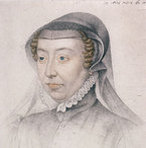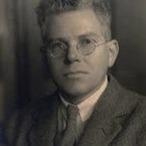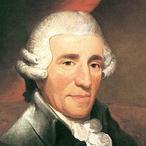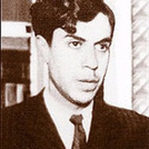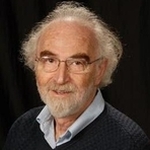|
Professor Gerald Pollack's new book, The Fourth Phase of Water, is an interesting, accessible and engrossing journey into the murky world of water science. His theories explain things as diverse as cloud formation and osmosis, interfacial water structure and the properties of wet sand. A must-read for anyone interested in the science of water. 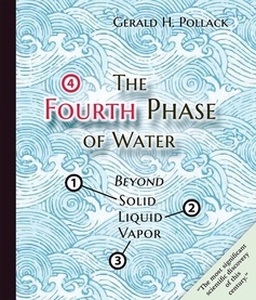 Some time ago, I wrote about the interesting new theories from Professor Gerald Pollack regarding a fourth phase of water, distinct from the usual solid (ice), liquid (water) and gaseous (vapour) phases. This new phase, liquid crystalline water, has many fascinating properties, and goes a long way in explaining many of the anomalous properties of water, and of those things which contain a high percentage of water as a part of their make-up. Pollack has now produced a book explaining, and elaborating on, these theories, called The Fourth Phase of Water: Beyond Solid, Liquid and Vapour. Pollack's book goes a long way towards making this complex scientific field understandable to the interested layman, while still being a serious study of the conclusions drawn by Pollack and his Lab about the nature and properties of the proposed Liquid Crystalline phase of water. After his historical preamble, Pollack starts the book with a very useful 'Bestiary': "A reader's guide to the species that lurk within the mysterious aqueous domain". The descriptions therein of the Hydronium Ion, EZ Water, the Hexagonal structure of Ice, and the nature of charge distribution in a bubble and a droplet, all give the reader basic yet vital information with which to proceed. Pollack uses the first few chapters to clarify and expand on the ideas which he has developed through his lab and his talks up to the publication of this book: ideas such as Interfacial water (EZ water); the water battery; the charge separation that occurs between bulk and EZ water; and the structure of Liquid Crystalline water. In later chapters, Pollack dives into some of the more interesting ideas, such as: how molecules with the same charge are attracted to each other, and how this can account for cloud formation and the different properties of wet and dry sand; how osmosis occurs; the properties of protonated water; how rocks can skim across the water surface; and the role of EZ water in the resolution of the Energy Paradox inherent in the formation of Ice crystals. Now, I'm not going to ruin the fun of finding out what Pollack thinks about these things: you will have to buy the book for that. However, there is much information out there on the web if you want to learn more about the ideas in this fantastic book. It is definitely worth a read, whether as an interested or curious layman, or a serious science student with an open mind and an inquisitive nature. The video below is from a recent TEDx talk about the Fourth Phase of Water given by Pollack. Check it out!
0 Comments
Your comment will be posted after it is approved.
Leave a Reply. |
Categories
All
Archives
November 2013
|
MOST VIEWED POSTS
© James Edward Hughes 2013
 RSS Feed
RSS Feed
